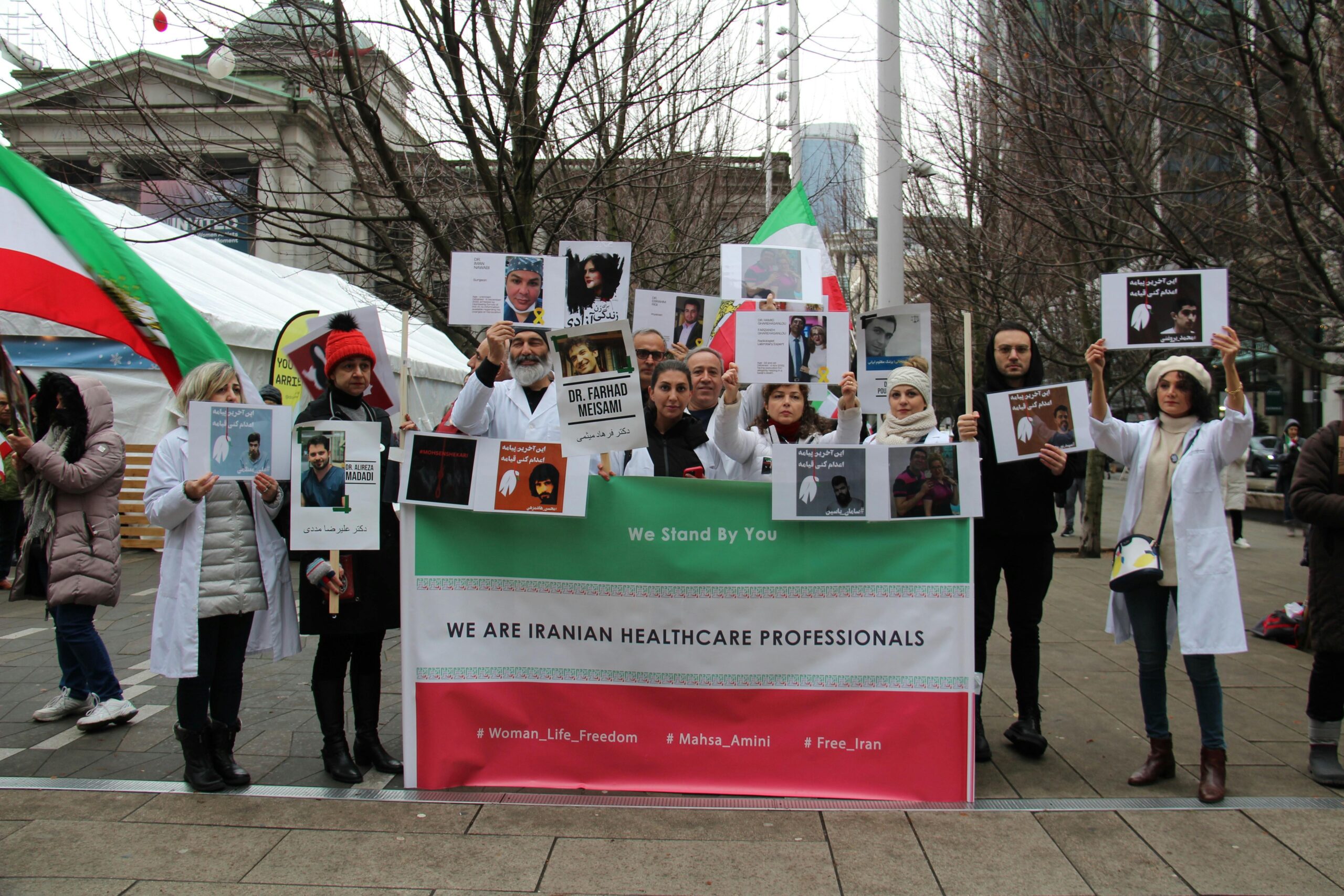Table of Contents
- Introduction: A Game-Changing Moment for Healthcare Professionals
- Express Entry Draw Details: Specifically Targeting Healthcare Occupations
- CRS Score Threshold: Competitive Yet Achievable
- Healthcare Occupations Targeted: A Broad Spectrum of Essential Roles
- Previous Healthcare Draws: Building on Prior Success
- Category-Based Selection Draws: A Strategic Approach
- Impact on Canada’s Healthcare System: Addressing Critical Needs
- Future Express Entry Draws: What to Expect
- Navigating the Express Entry System: Expert Guidance is Essential
Introduction: A Game-Changing Moment for Healthcare Professionals
In a significant move to bolster its healthcare sector, Canada conducted its first Express Entry draw of the year specifically targeting healthcare professionals on May 29, 2024. This targeted draw reflects Canada’s ongoing commitment to attracting skilled workers to address critical labor shortages within the healthcare industry. The draw issued Invitations to Apply (ITAs) to candidates with experience in eligible healthcare occupations, offering them a pathway to permanent residency. For many healthcare workers dreaming of building a life in Canada, this represents a momentous opportunity. This approach not only addresses immediate staffing needs but also contributes to the long-term stability and resilience of the Canadian healthcare system.
Express Entry Draw Details: Specifically Targeting Healthcare Occupations
The Express Entry system is Canada’s flagship program for skilled worker immigration. The recent draw, held on May 29, 2024, focused exclusively on candidates with experience in healthcare occupations. A total of 1,500 Invitations to Apply (ITAs) were issued to eligible candidates. This dedicated draw underscores the importance Canada places on attracting and retaining healthcare talent. Understanding the specifics of these draws is crucial for healthcare professionals looking to immigrate.
CRS Score Threshold: Competitive Yet Achievable
The Comprehensive Ranking System (CRS) is used to rank candidates in the Express Entry pool. For the May 29 healthcare-specific draw, the minimum CRS score was 430. While this score is competitive, it is often lower than the scores required in general Express Entry draws. Several factors influence a candidate’s CRS score, including education, work experience, language proficiency, and age. Candidates can improve their scores through various means, such as:
- Improving language test scores (IELTS, CELPIP)
- Gaining additional work experience
- Pursuing further education
- Obtaining a provincial nomination
Understanding the CRS and strategizing to maximize your score is a key step in the Express Entry process.
Healthcare Occupations Targeted: A Broad Spectrum of Essential Roles
The Express Entry draw targeted a wide range of healthcare occupations, including but not limited to:
- Physicians
- Nurses (Registered Nurses, Licensed Practical Nurses)
- Medical Technologists and Technicians
- Psychologists
- Pharmacists
- Dentists
- Allied health professionals (e.g., physiotherapists, occupational therapists)
The broad scope of eligible occupations reflects the diverse needs within the Canadian healthcare system. Healthcare professionals should carefully review the eligibility criteria to determine if their specific occupation qualifies under this category-based selection draw.
Previous Healthcare Draws: Building on Prior Success
While the May 29 draw was the first healthcare-specific draw of 2024, Canada has previously conducted similar draws to target specific occupations. These draws have proven to be an effective tool for addressing labor shortages in critical sectors. By analyzing the trends and outcomes of past draws, prospective candidates can gain valuable insights into the Canadian government’s immigration priorities and refine their application strategies. This proactive approach enhances their chances of success in future Express Entry draws.
Category-Based Selection Draws: A Strategic Approach
Category-based selection draws, introduced in 2023, allow Canada to target candidates with specific skills, training, or language abilities to meet economic needs and promote regional growth. In addition to healthcare, other categories include those with strong French language proficiency, and experience in trades, transport, agriculture and STEM professions. This strategic approach enables Canada to address critical labor market gaps in a timely and efficient manner.
Impact on Canada’s Healthcare System: Addressing Critical Needs
Canada’s healthcare system is facing significant challenges, including an aging population and a shortage of healthcare professionals. Targeted Express Entry draws play a crucial role in addressing these challenges by attracting skilled workers who can contribute to the delivery of quality healthcare services. By prioritizing healthcare professionals, Canada aims to reduce wait times, improve access to care, and enhance the overall well-being of its population. The long-term impact of these initiatives will be felt across the country as the healthcare system becomes more resilient and responsive to the needs of Canadians. Specifically, these actions will:
- Reduce wait times for medical procedures and appointments.
- Improve access to healthcare services in rural and remote areas.
- Enhance the quality of care provided to patients.
- Strengthen the healthcare workforce and promote sustainability.
Future Express Entry Draws: What to Expect
While it is impossible to predict the exact timing and criteria of future Express Entry draws, candidates can expect that Canada will continue to use category-based selection to address specific labor market needs. Healthcare professionals should stay informed about the latest immigration policies and trends, and proactively prepare their applications to maximize their chances of receiving an ITA. Regularly monitoring the IRCC website and consulting with immigration professionals can provide valuable insights and guidance.
Navigating the Express Entry System: Expert Guidance is Essential
The Express Entry system can be complex and challenging to navigate, especially for those unfamiliar with Canadian immigration laws and procedures. Seeking the assistance of an experienced immigration lawyer or consultant can significantly improve a candidate’s chances of success. These professionals can provide guidance on eligibility requirements, application preparation, and strategies for maximizing CRS scores. Their expertise can help candidates avoid common pitfalls and ensure that their applications are complete and accurate.
Talk to us to find out more. ->
The content above is not intended to provide legal advice or opinions of any kind and may not be used for professional or commercial purposes.

